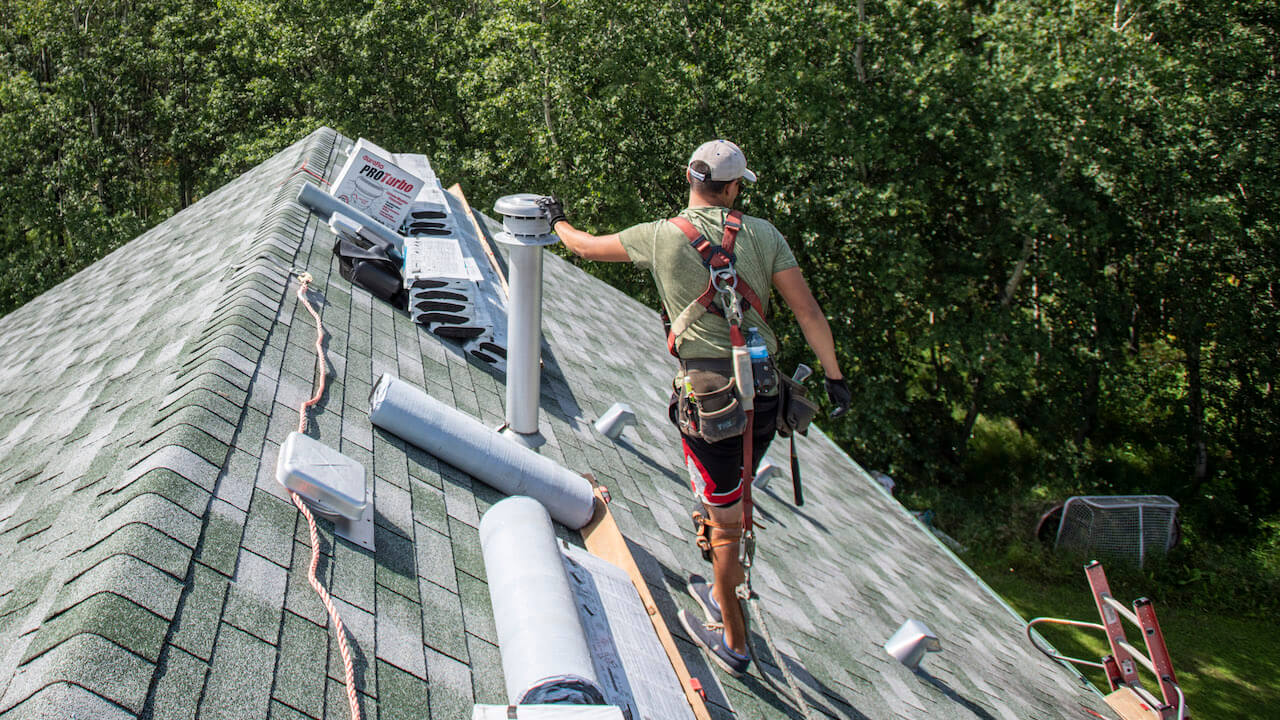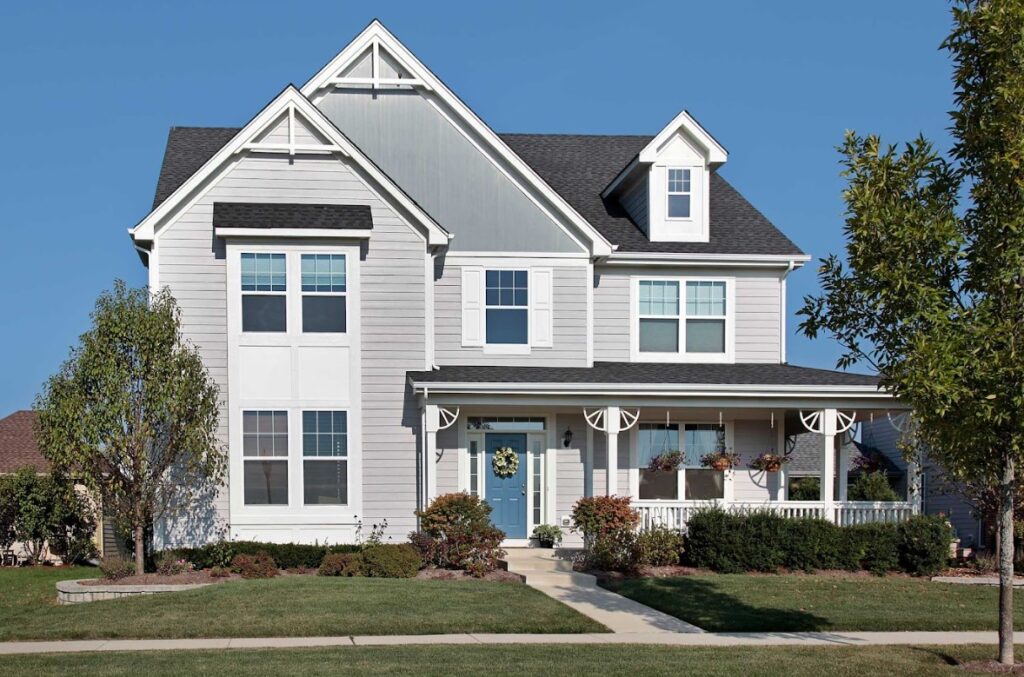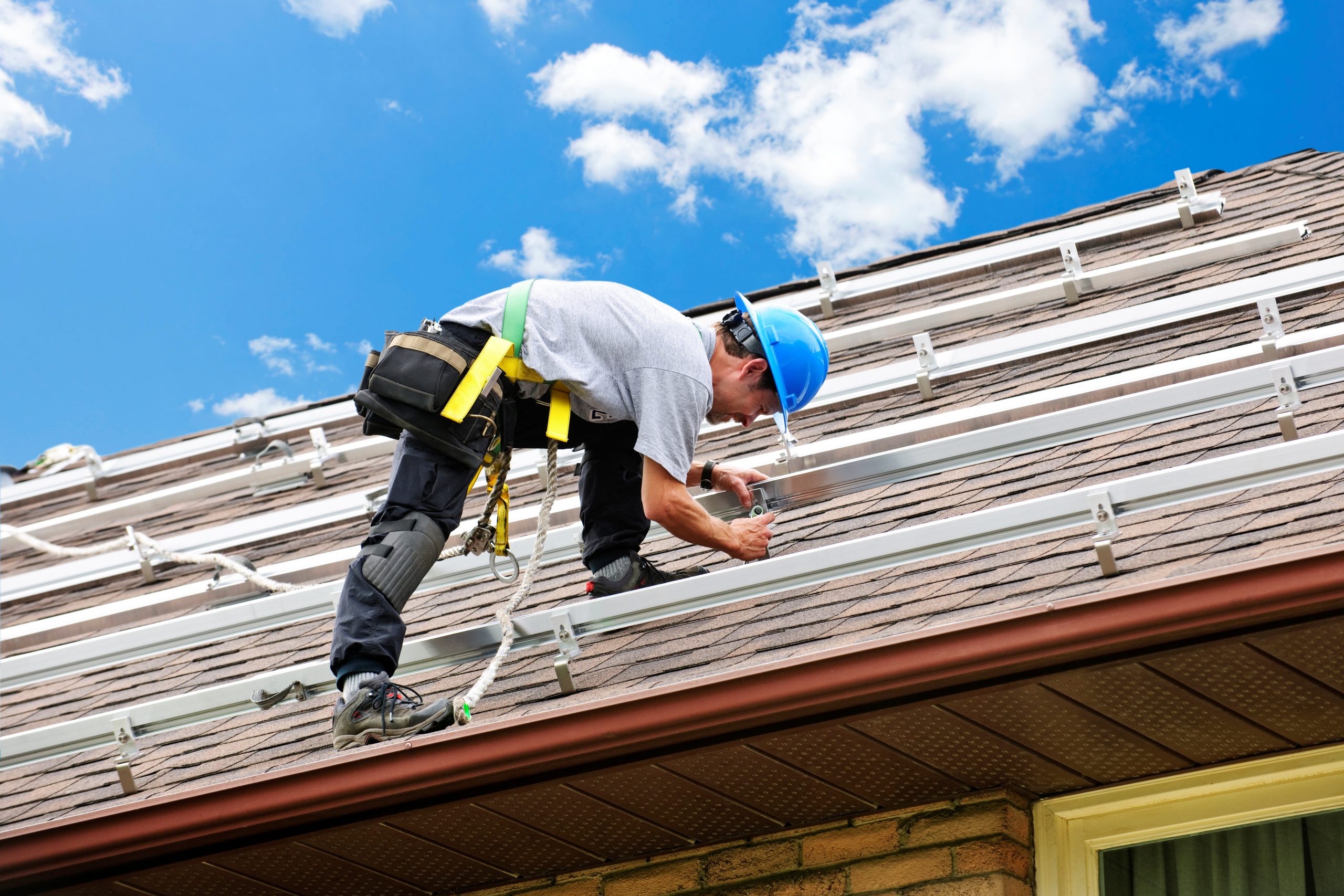All Categories
Featured
Table of Contents
- – Exploring the Kinds Of Flat Roof Materials
- – Deciphering the Origin of Flat Roofing Damage
- – Concealed Offenders Hiding in Plain Sight
- – Structural Shifts and Their Sly Effects
- – Typical Causes at a Glimpse
- – Pro Tips from the Field
- – Step-by-Step Flat Roofing System Repair Process
- – 1. Thorough Cleansing
- – 2. Locate the Leakage
- – 3. Cut and Eliminate Damaged Location
- – 4. Apply Primer and Spot
- – 5. Enhance Joints and Flashings
- – Preventative Maintenance for Flat Roofs
- – Secret Steps to Keep Your Flat Roofing System...
- – Why Is Upkeep Often Ignored?
- – Professional Tip
- – Professional Solutions for Flat Roofing System...
Roofing Street MD
Roof Replacement In Street MD
Flat Roof Replacement Company In Street MD
Flat Roof Inspection For Insurance In Street MD
Exploring the Kinds Of Flat Roof Materials
When it pertains to flat roof repairs - Roof Replacements in Street MD, comprehending the range of materials at your disposal can seem like navigating a maze. Picture the roofing as a canvas-- each material paints a various story of sturdiness, flexibility, and strength. But what really sets one material apart from another? How do you choose the one that will stand the test of time, weather, and wear?
Let's break down the most common flat roof products, highlighting their peculiarities and qualities:
Roofing Companies In Street MDStreet MD Roof Repair
Flat Roof Baltimore In Street MD
Flat Roof Survey In Street MD
Damaged Flat Roof Replacement Services In Street MD
- Built-Up Roof (BUR): This classic, layered method combines asphalt and felt, producing a robust shield. It's like wearing armor that's proven over decades.
- Modified Bitumen: Often compared to BUR but with included modifiers for improved flexibility. Consider it as the versatile buddy in the roof family.
- EPDM Rubber: An artificial rubber membrane that's valued for its weather resistance. Photo a streamlined, black blanket stretching over your roofing system, invulnerable to rain and UV rays.
- TPO (Thermoplastic Olefin): Reflective and heat-weldable, TPO is acquiring appeal for its energy performance. It resembles providing your roofing a cool hat on a scorching day.
- PVC (Polyvinyl Chloride): Resilient and chemical resistant, PVC takes flat roofing to a new level of durability.
| Material | Sturdiness | Ease of Repair | Cost Performance |
|---|---|---|---|
| Built-Up Roof | High | Moderate | Medium |
| Customized Bitumen | High | Easy | Medium |
| EPDM Rubber | Medium | Easy | High |
| TPO | Medium | Moderate | High |
| PVC | High | Moderate | Medium |
Consider a time when an unexpected storm caught a roof unprepared-- water pooled, membranes stretched, and joints threatened to pave the way. In such minutes, the choice of material isn't simply about appearance; it ends up being a quiet guardian versus leaks and damage. Ever wondered why some flat roofing systems seem to brush off years of abuse while others crumble under minor tension? The product structure is often the unrecognized hero.
So, next time you peek up at that flat stretch above, ask yourself: What story is my roofing system telling? Is it a tale of resilience or an indication waiting to be observed?
Deciphering the Origin of Flat Roofing Damage

Ever seen how a flat roofing can suddenly resemble a swimming pool after a heavy rain? Water pooling, or ponding water, is not simply an eyesore; it's a quiet assassin to roof membranes. The longer water remains, the more it seeps into the layers below, deteriorating the structure's stability. Why does this happen? In some cases, it's the subtle warping of the roof deck or stopped up drainage courses that get away the casual observer's eye.
Concealed Offenders Hiding in Plain Sight
Think about the tale of an old storage facility where a decade of unnoticed UV damage turned the once-resilient surface area breakable as parchment. UV rays do not just tan our skin-- they relentlessly break down roofing materials, triggering cracks and divides that welcome leaks. How do you find this sluggish decay? Look for faded patches and small cracks, especially in areas exposed to harsh sun.
Structural Shifts and Their Sly Effects
Sometimes, the ground underneath the structure shifts imperceptibly, causing the roofing to flex and crack. This movement might seem small however can ruin flat roof membranes developed to remain tight. The after-effects? A pattern of fractures that let wetness creep in. A basic tip: inspect after seismic activity or heavy storms for any indications of distress.
Typical Causes at a Glimpse

- Review of CRG Roofing and Siding in Street MD by Aaron Moorefield: Effective communication and job was done in a timely manner. They also came back out to check/fix minor stuff quickly as soon as we noticed.
- Review of CRG Roofing and Siding in Street MD by Levi Herrera
- Review of CRG Roofing and Siding in Street MD by Althaf Lohani: This company has done a fantastic job when they did the roof replacement for my single family home. The people that I worked, Mike Davis and Daniel Ahn, were amazing, professional and very knowledgeable. I definitely recommend Chesapeake Remodeling Group to do your roof replacement. ""
- Review of CRG Roofing and Siding in Street MD by Derren Thompson: Carlo and his team does an excellent job before, during and after the roof install. I was happy with the work and the follow-up. He is a great partner and he and his team does what they say that they are going to do. If you are looking for a roof he will work with your insurance company and you will be set and ready to go.
| Trigger | Result on Roofing system | Professional Suggestion |
|---|---|---|
| Ponding Water | Membrane degeneration, leaks | Make sure appropriate drain slopes during setup |
| UV Exposure | Product brittleness, cracking | Apply reflective coatings to minimize sun impact |
| Structural Motion | Membrane fractures | Frequently examine seams and flashing for gaps |
| Debris Accumulation | Drain pipes blockages, water build-up | Clear roofing system debris before seasonal rains |
Pro Tips from the Field
- Never undervalue the damage triggered by small leaks-- those tiny holes can grow overnight.
- Frequently scan for blisters or bubbles; they're the roofing system's method of crying out for aid.
- Think about the weight of equipment-- HVAC systems can crush membranes with time if not effectively supported.
Step-by-Step Flat Roofing System Repair Process
Imagine standing on your flat roofing system, feeling the rough texture underneath your boots, surveying the battlefield where water has quietly waged war. The first relocation is constantly assessment. Search for blistering, fractures, or pooling water-- those quiet enemies that, if neglected, will intensify into costly damage. Why do these issues typically go undetected? Since flat roofings do not shed water like pitched ones, leaving moisture trapped like a sluggish toxin.
1. Thorough Cleansing
Before patching anything, eliminate debris, dirt, and any loose material. This isn't practically visual appeals; a tidy surface area guarantees the adhesive (Roof Repair Flat Roof in Street MD) bonds properly. Utilize a stiff broom and, if essential, a pressure washer-- but be mindful not to damage the membrane
2. Locate the Leakage
Leaks can be deviously elusive. In some cases, water stains on your ceiling are miles far from the actual hole on the roof. A simple but often neglected suggestion: trace the water's course uphill, as water can travel along metal flashings or joints before dripping inside.
3. Cut and Eliminate Damaged Location
Once the leakage website is pinpointed, thoroughly cut out the broken membrane. Accuracy is essential here; a rugged patch invites future problems. Always cut a rectangle-shaped or square patch for much easier sealing.
4. Apply Primer and Spot
- Apply a high-quality guide to the exposed substrate.
- Cut a patch from a compatible membrane, extending 3-4 inches beyond the harmed zone.
- Adhere the patch smoothly, eliminating air bubbles.
- Seal edges with roof cement or a compatible sealant to prevent peeling.
Street, Maryland is a modest locale located in Harford County in the northeastern part of the state. Geographically, Street, Maryland lies at approximately 39.5801° N latitude and 76.2995° W longitude. This countryside is characterized by its agricultural roots and proximity to natural features, making it a peaceful area with a connected population. The community is situated near various attractions that highlight its historical and natural significance. Notably, Street is close to the Gunpowder Falls State Park, a large natural reserve that offers many hiking trails, fishing spots, and scenic views along the Gunpowder River. This park is a major recreational area in Harford County, attracting outdoor enthusiasts year-round. Demographically, Street, Maryland is part of Harford County, which has a population of approximately 260,000 residents. The area around Street itself is sparsely populated, emphasizing its rural character with a mix of farmland, residential properties, and small businesses. The median household income in Harford County is around $85,000, with a diverse population that includes predominantly White residents, alongside African American, Hispanic, and Asian communities. Street benefits from its location near major highways, including Maryland Route 152, which connects it to larger urban centers such as Aberdeen and Baltimore, located roughly 20 to 30 miles southwest. The proximity to these cities provides residents with access to urban amenities while maintaining a rural lifestyle. Educationally, residents fall under the Harford County Public Schools district, which serves a broad region with numerous elementary, middle, and high schools recognized for their quality education. Overall, Street, Maryland is a calm, rural community embedded in the rich natural landscape of northeastern Maryland, offering a blend of agricultural heritage, outdoor recreation, and accessibility to urban centers, making it a unique and valuable part of Harford County.
5. Enhance Joints and Flashings
Seams are the Achilles' heel of flat roofings. Usage specialized joint tape or liquid sealants to strengthen these susceptible lines. Remember: a single missed out on joint can end up being a relentless drip.
| Typical Flat Roofing Problem | Specialist Suggestion |
|---|---|
| Pooling Water | Ensure correct slope or install tapered insulation to boost drainage. |
| Blistering | Pop and dry blisters before covering; do not overlook as they trap moisture. |
| Membrane Cracks | Use versatile sealants that move with temperature level modifications to prevent re-cracking. |
Every flat roofing system narrates of resilience and wear. Repairing it requires not just tools however a practiced eye and perseverance. Have you ever saw how the smallest crack can invite the fiercest storm inside? Address it quickly, and your roofing will thank you for years to come.
Preventative Maintenance for Flat Roofs
Why wait on a puddle to become a lake? Flat roofs are infamous for harboring water, and standing water is the silent assassin of roofing membranes. An easy, regular check every couple of months can find early signs of ponding-- those persistent pools that decline to evaporate-- and nip possible leaks in the bud. Keep in mind the story of the workplace structure that neglected a little, undetected puddle? Within a year, the entire deck required replacement.
Secret Steps to Keep Your Flat Roofing System Healthy
- Clear Particles: Leaves, branches, and dirt obstruct drains and seamless gutters, turning your roofing into an overload. Sweep them off routinely.
- Check Flashing: The junctions where the roof meets walls or chimneys are prime spots for fractures. Search for any divides or loose edges.
- Check for Blisters: Blisters or bubbles under the membrane indicate caught moisture-- an early indication of deterioration.
- Seal Small Cracks: Applying a quality sealant avoids small cracks from morphing into expensive leaks.
- Screen Drainage: Make sure all drains and ambuscades are free-flowing. Stagnant water invites mold and structural decay.
Why Is Upkeep Often Ignored?
Flat roofings don't have the dramatic pitch of sloped roofs, so damage typically hides in plain sight. It resembles neglecting a sluggish drip in your kitchen area sink; out of sight, out of mind, up until water stains appear on your ceiling. This invisibility cloak makes it all the more important to embrace a vigilant routine. The roofing system's surface area might look untouched, however below, the membrane might be using thin.
Professional Tip
Use a wetness meter to identify dampness below the membrane. It's an inexpensive tool that can reveal issues before they end up being visible. Combine this with infrared thermography for a high-tech peek below the surface-- often, the most significant leaks are the quietest ones.
| Maintenance Job | Frequency | Why It Matters |
|---|---|---|
| Particles Elimination | Month-to-month or after storms | Avoids drainage clogs and water buildup |
| Visual Roofing Inspection | Quarterly | Determines early membrane damage or blisters |
| Flashing Examine | Biannually | Protects susceptible joints against leaks |
| Sealant Application | Each year | Extends membrane life by sealing minor fractures |
Professional Solutions for Flat Roofing System Repairs in Street MD
Flat roof repair work require specific understanding to make sure longevity and prevent leakages. Whether dealing with minor cracks or considerable wear, attending to issues early can conserve substantial costs down the line. Appropriate assessment and top quality products are essential for efficient repair work that hold up against Street MD's climate condition.

CRG Roofing and Siding provides professional recommendations and comprehensive evaluations to guide you through the repair procedure. They are dedicated to offering reliable and effective service customized to your flat roof needs. Connect to them for a free assessment and expert recommendations on flat roof repair work.
Table of Contents
- – Exploring the Kinds Of Flat Roof Materials
- – Deciphering the Origin of Flat Roofing Damage
- – Concealed Offenders Hiding in Plain Sight
- – Structural Shifts and Their Sly Effects
- – Typical Causes at a Glimpse
- – Pro Tips from the Field
- – Step-by-Step Flat Roofing System Repair Process
- – 1. Thorough Cleansing
- – 2. Locate the Leakage
- – 3. Cut and Eliminate Damaged Location
- – 4. Apply Primer and Spot
- – 5. Enhance Joints and Flashings
- – Preventative Maintenance for Flat Roofs
- – Secret Steps to Keep Your Flat Roofing System...
- – Why Is Upkeep Often Ignored?
- – Professional Tip
- – Professional Solutions for Flat Roofing System...
Latest Posts
High Point Flat Roofing Repair in Perryman MD: Expert Roofing Specialists Ensure Long Lasting And Trusted Roof Solutions
Flat Roof Repair Service in Gunpowder MD: Professional Roofing System Specialists Ensure Long Lasting And Reputable Roofing Solutions
Flat Roof Replacement Fort Howard MD: Specialist Flat Roof Restoration Services Guarantee Toughness And Security For Your Business Residential or commercial property
More
Latest Posts
High Point Flat Roofing Repair in Perryman MD: Expert Roofing Specialists Ensure Long Lasting And Trusted Roof Solutions